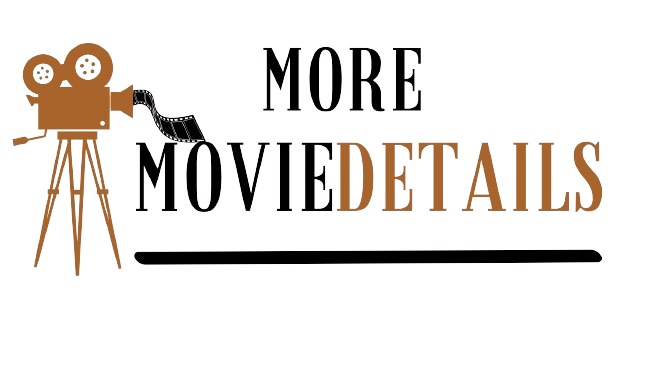Television programs provide an engaging world of stories, characters, and emotions for viewers. They sweep us away into diverse universes – from the mysterious realms of fantasy epics, to heart-wrenching narratives about everyday life. However, a parallel universe exists simultaneously, one that remains mostly concealed from the viewers – the hidden world behind-the-scenes of TV shows. This realm is as absorbing and captivating as the on-screen depictions, if not more.
Behind every celluloid world of wonder and fascination, lies a meticulous, tireless, and honestly quite chaotic work environment. The storyline that seems to flow effortlessly on your television screens is the result of countless hours of writing, rewriting, brainstorming, and scrupulous editing that goes on behind the scenes. From the development of the story arc, creation of dialogues and scenarios, to the nuanced detailing of each character – every element is the output of an immense creative effort by an army of scriptwriters, directors, and producers.
Furthermore, the dimension, depth, and authenticity of the characters that viewers grow to love, hate, or empathize with are the result of thorough character development. The process involves in-depth research, psychological profiling of characters, and extensive discussions between writers and actors to shape the role. Actors, too, invest significant amounts of time understanding their characters, rehearsing scenes, and perfecting their delivery – all of this happening away from the public eye.
The behind-the-scenes ambiance is not limited to writing rooms and practice sessions. A substantial piece of this concealed world is the technical crew. These unsung heroes are behind the camera, operating the marvellous pieces of machinery, harmoniously blending technology and art form. Cinematographers, lighting technicians, sound engineers, and set designers transform the written words of the script into visual poetry, inducing life into every scene whilst managing the technical difficulties associated with such complex tasks. They are the enigmatic wizards who magically convert the mundane material world into an extraordinary fictional universe.
Another fascinating aspect of the behind-the-scenes world is the realm of costume design and makeup. The artists in this domain are the ones who shape the visual identities of the characters. They painstakingly consider the character’s personality, personal history, the show’s time frame, and even subtler cultural nuances while designing their costumes. They alter appearances, concoct elaborate hairstyles, and sometimes physically transform actors into their on-screen counterparts, utilising their magic wands of brushes and color palettes.
Simultaneously, the editing rooms or the post-production phase offers a novel world of their own. Editors piecing together scenes, color graders enhancing visual aesthetics, and sound designers meticulously creating noises, background scores, setting the perfect tonal rhythm for the scene – all contribute to creating the final version that reaches the viewer.
A special mention is warranted for the people who make the TV shows consumable across the globe – the translators and subtitling teams. Their work ensures that the magic of TV shows isn’t confined by the barriers of language. They adapt the dialogues, idioms, cultural references, and humor as per the viewer’s local context, ensuring everyone becomes a part of the fan base irrespective of their language proficiency.
In unveiling this hidden world behind TV shows, one can truly appreciate that television productions are not merely about performance art. They are about teamwork, patience, resilience, and the amalgamation of diverse skill sets in creating a collective piece of art. The dynamics and operations that go on behind the scenes are a testament to the fact that each TV show is a labor of love, a piece of art painted by countless invisible hands.
So, the next time you settle down for an episode of your favorite series, take a moment to appreciate the titanic effort that has been invested behind-the-scenes to transport you to the world on your screen. Consider the countless individuals – from writers to editors, technicians to costume designers – who collectively brought forth the magic you see. Each episode is more than a story – it’s a laborious, creative journey travelled by many, and that indeed makes the viewing experience all the more magical.


